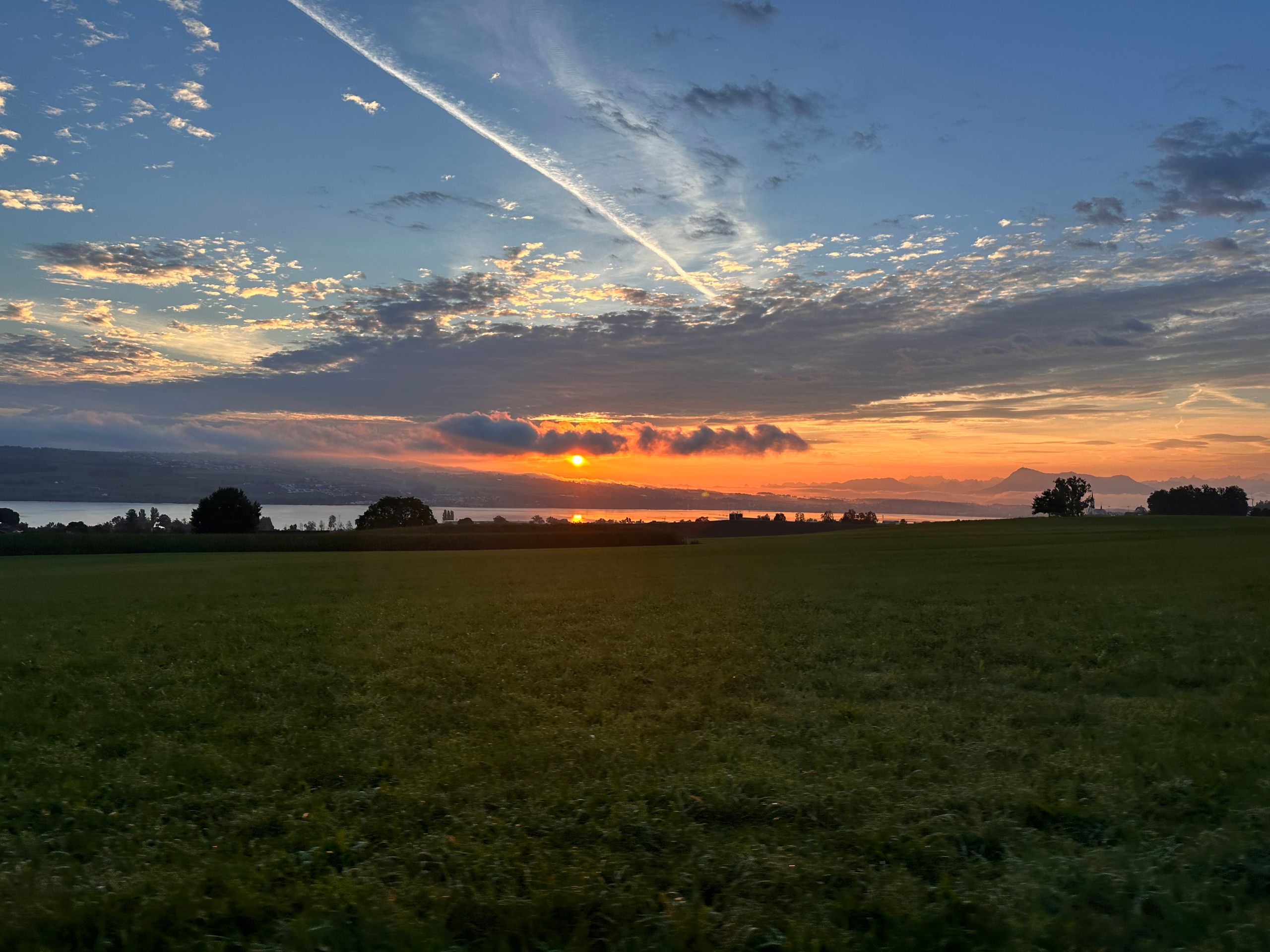Sant Feliu de Guíxols
Нийтэлсэн: 31.10.2024
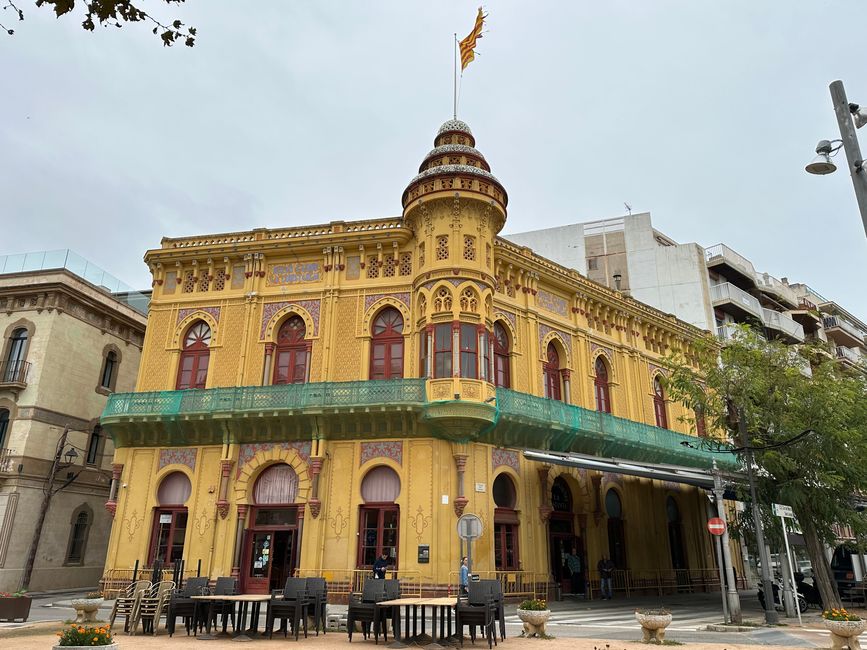

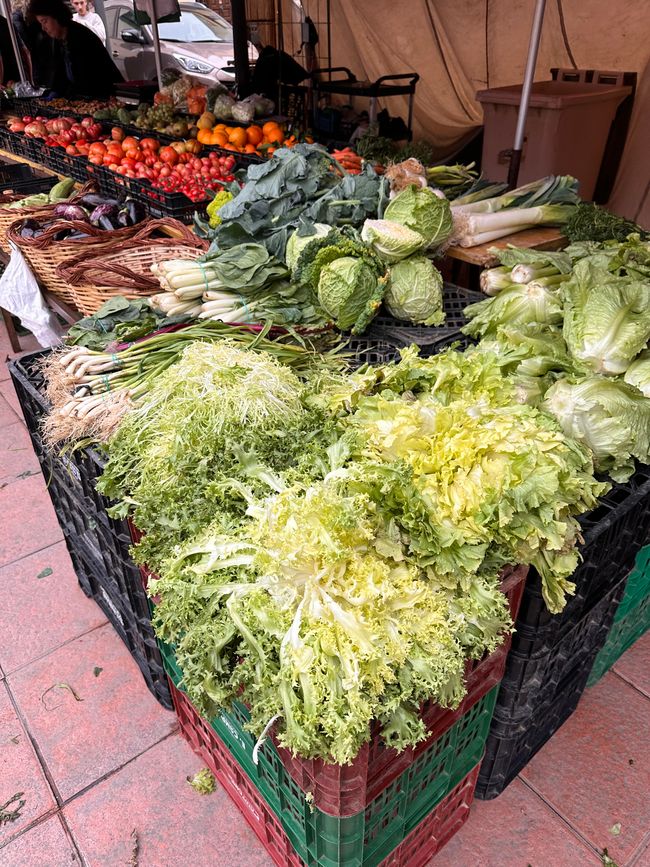
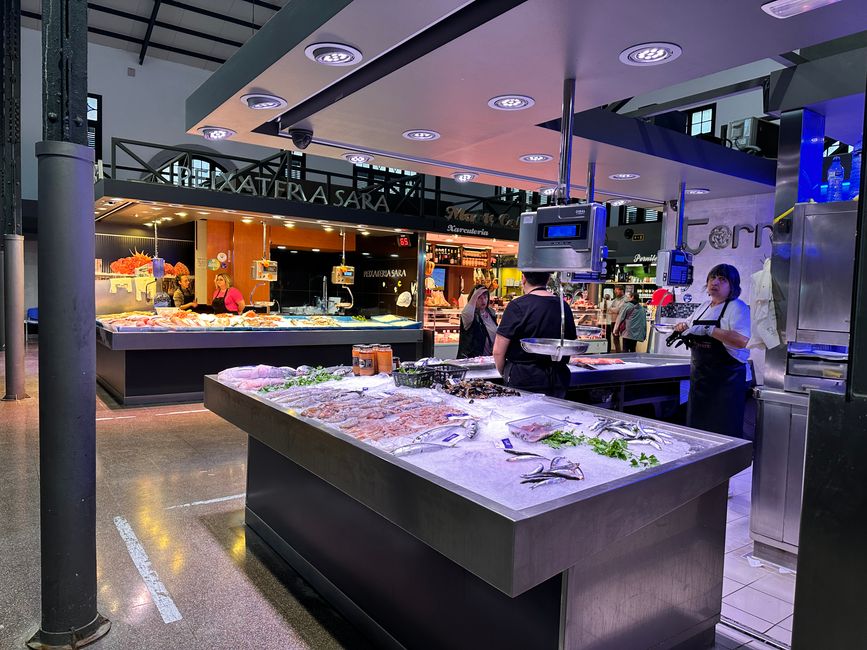
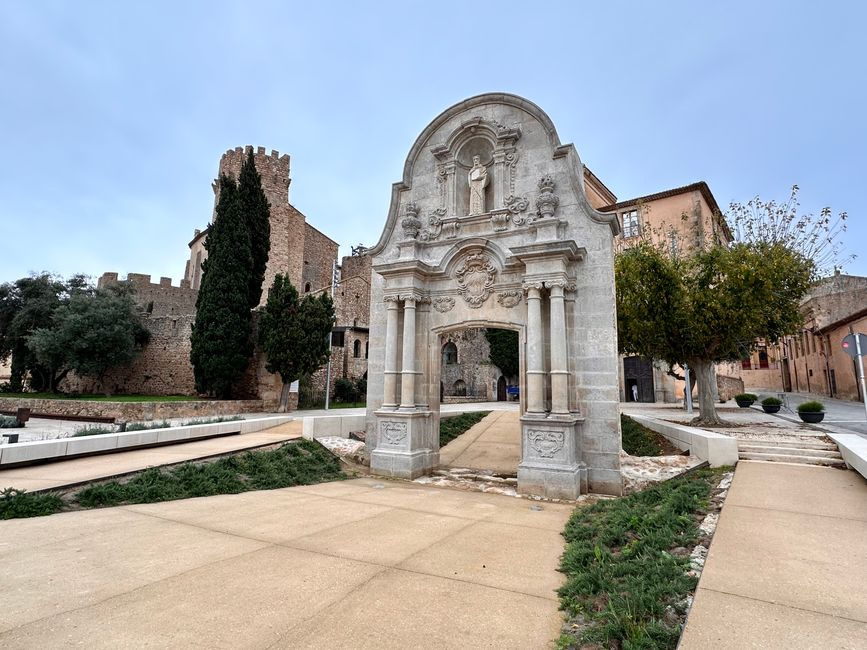
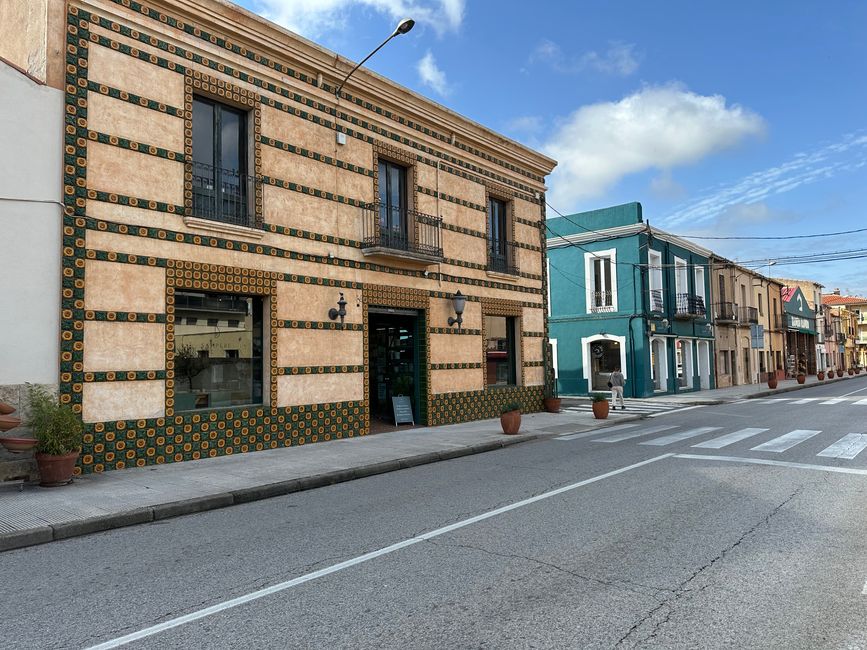
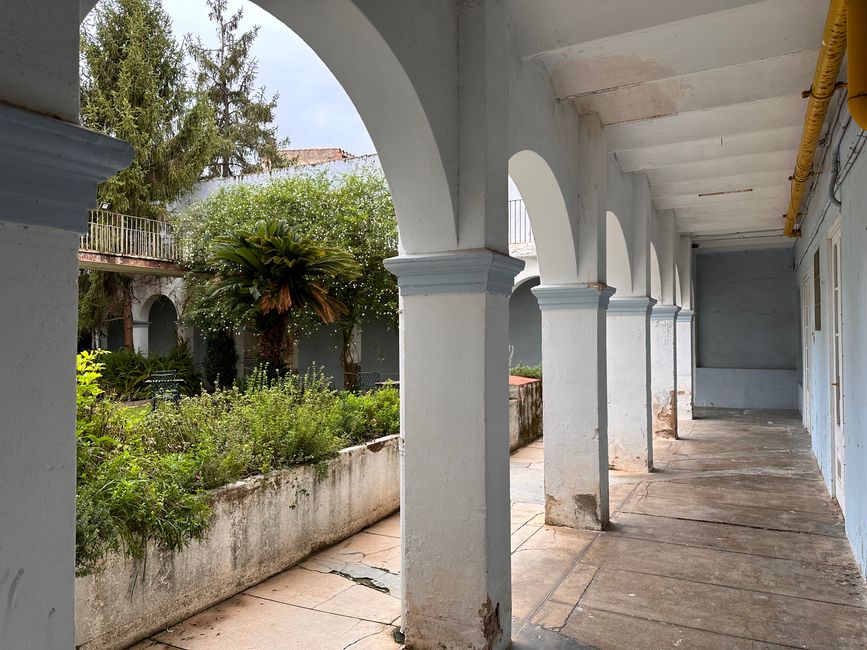
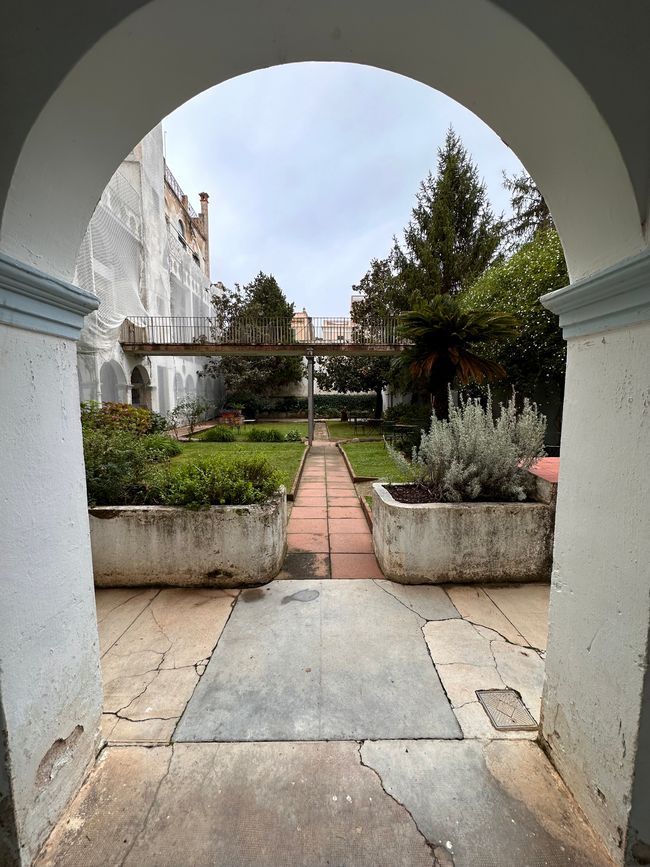
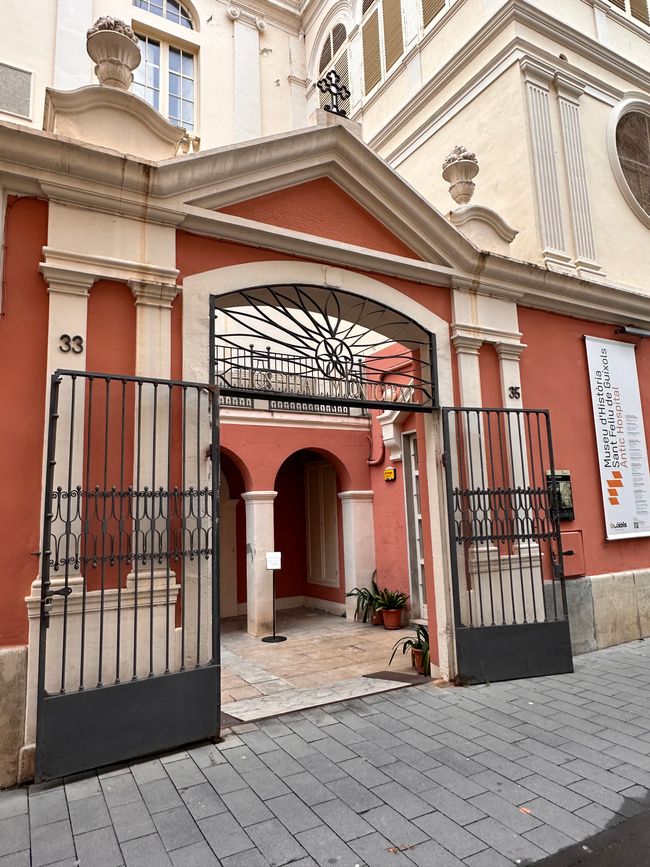

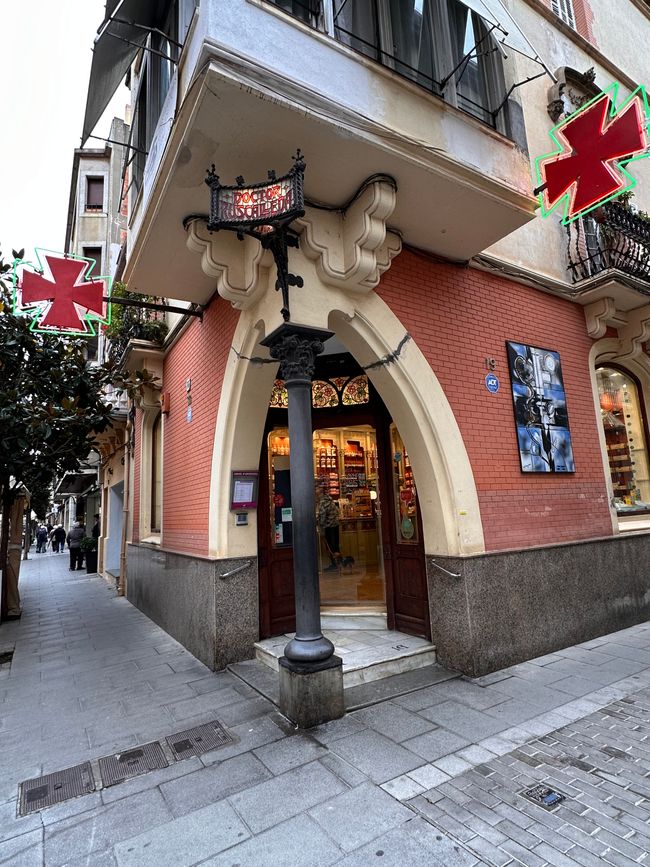
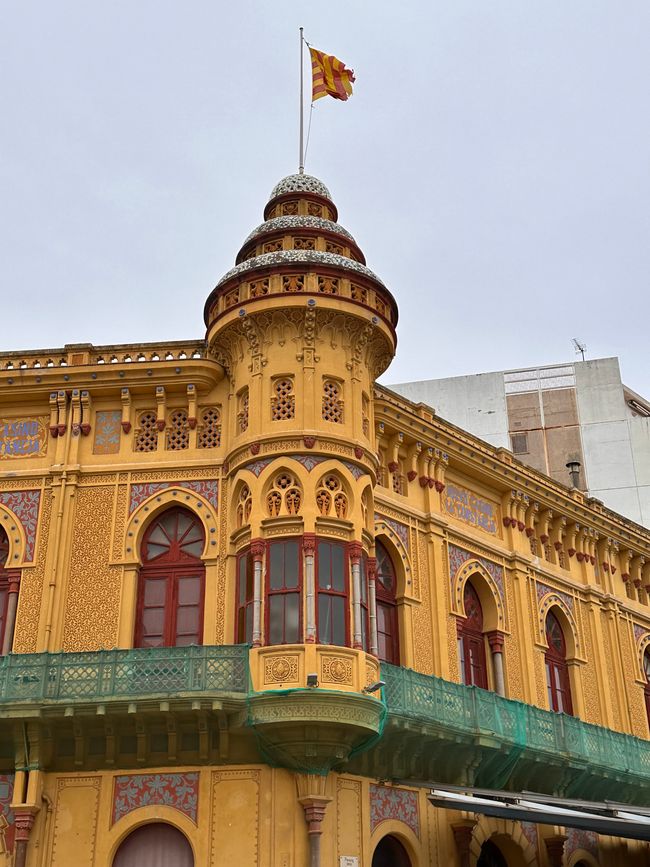
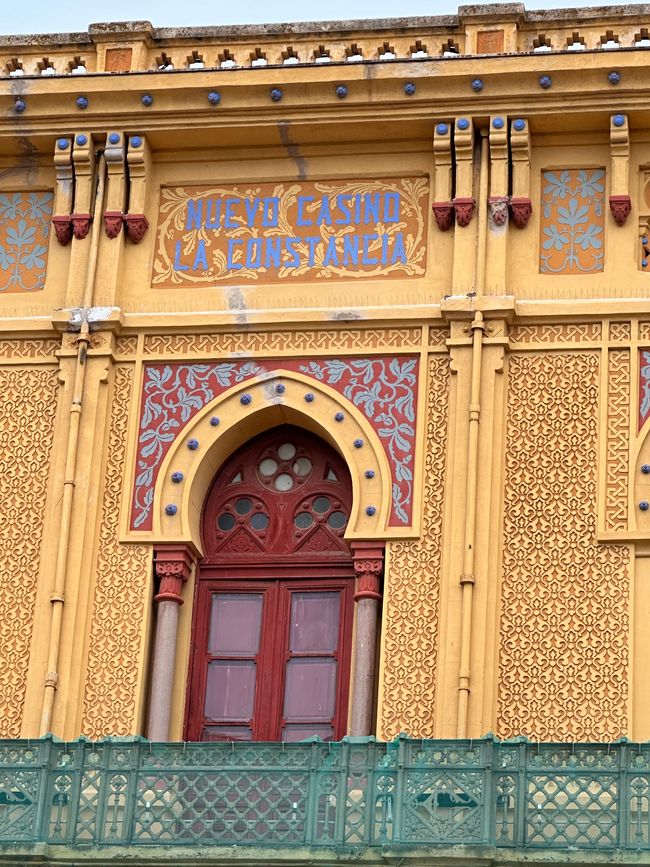
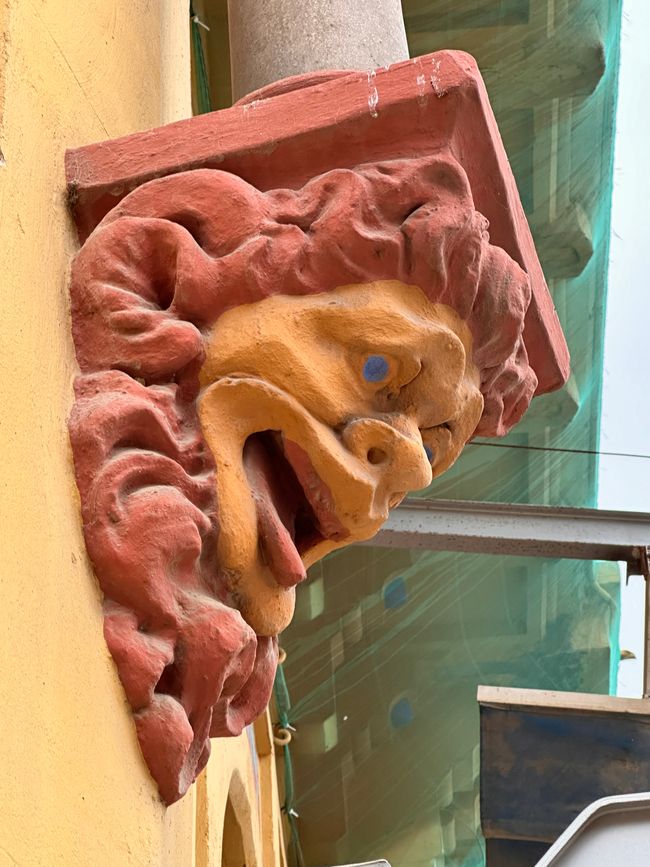
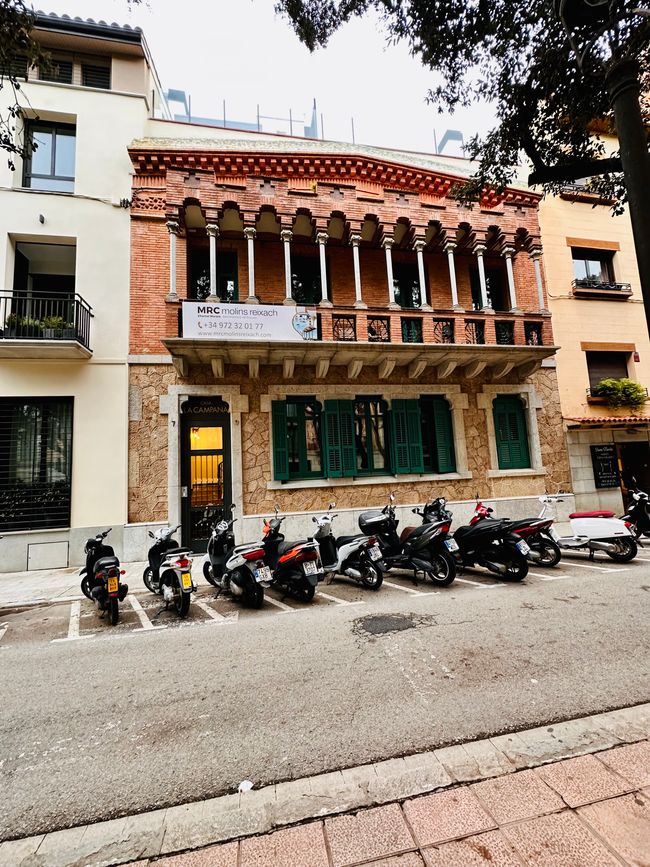

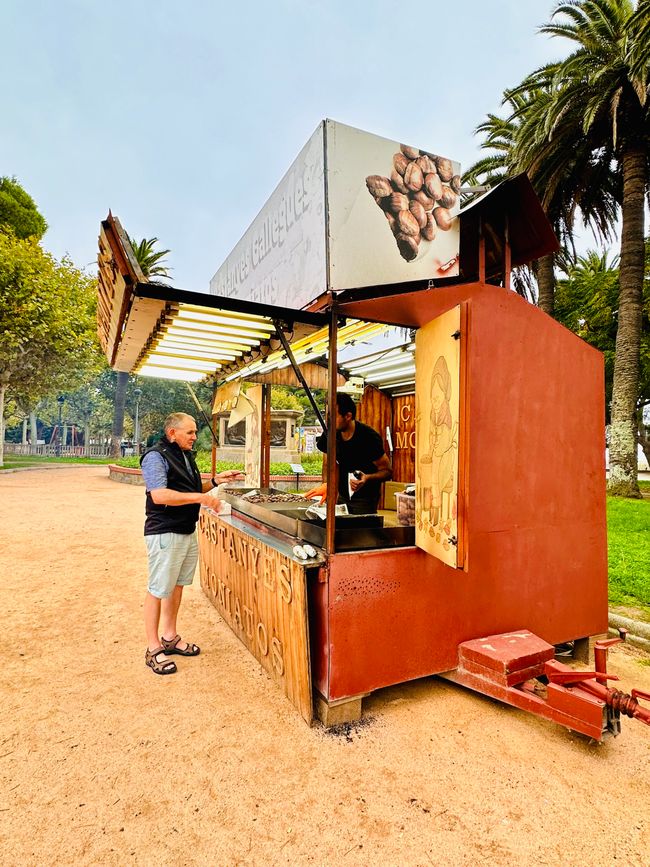
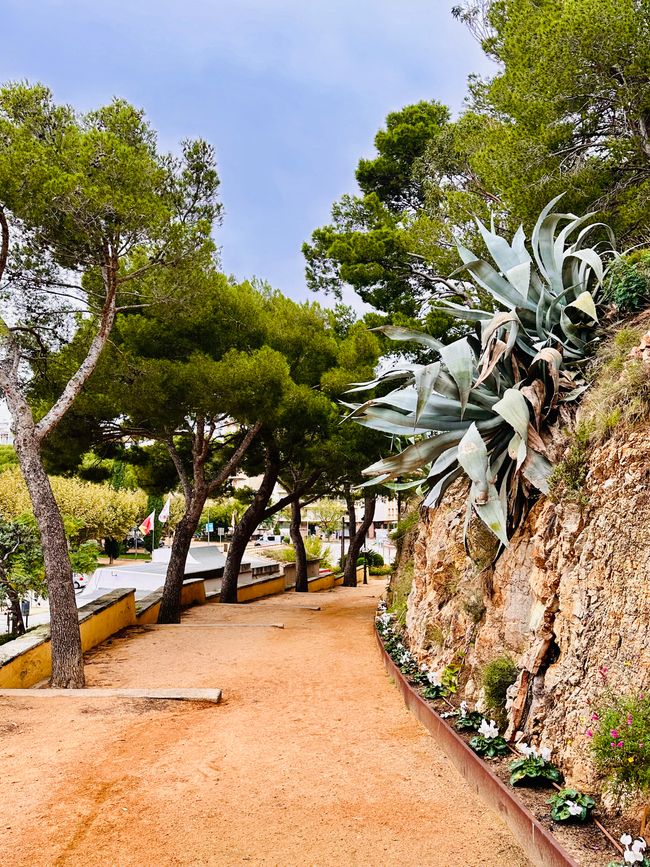
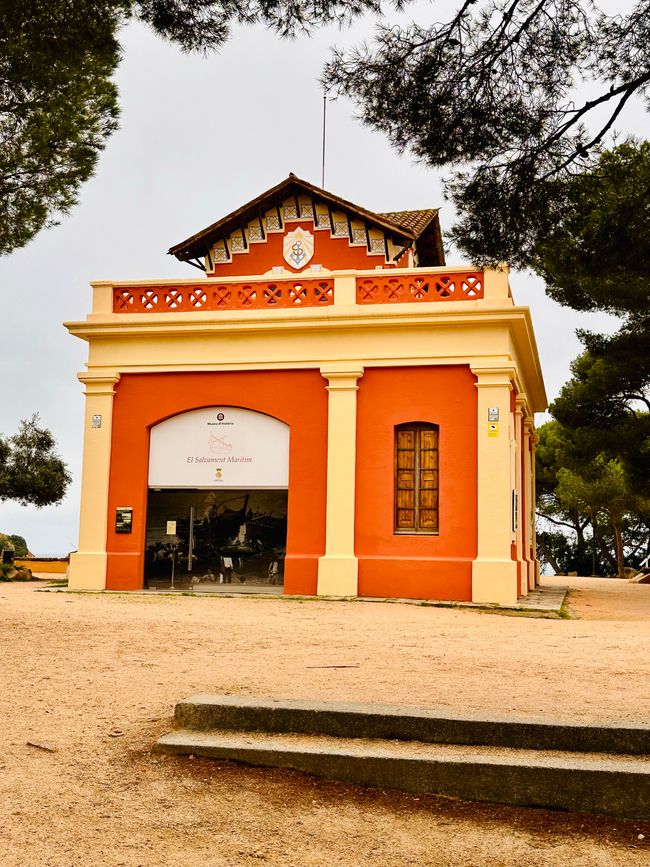
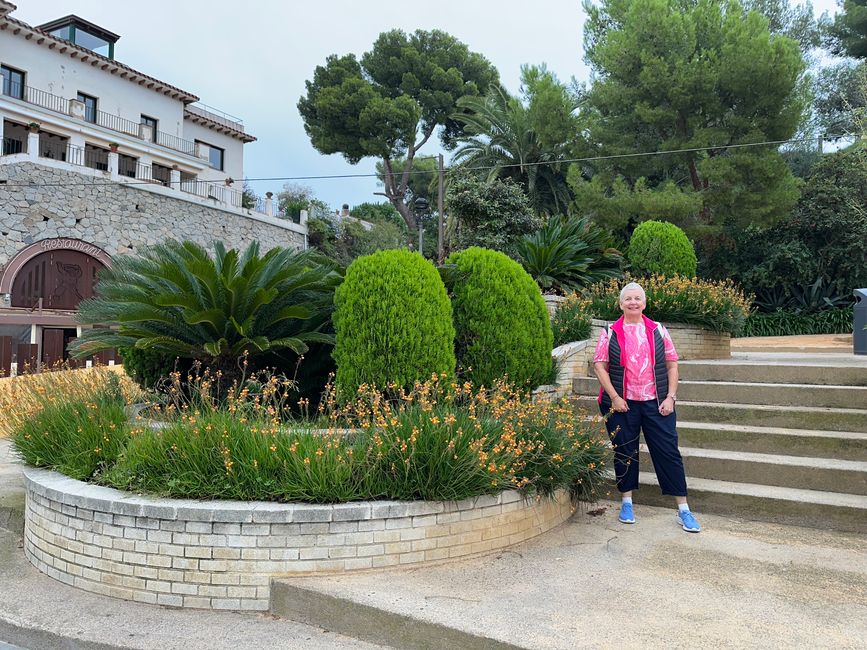
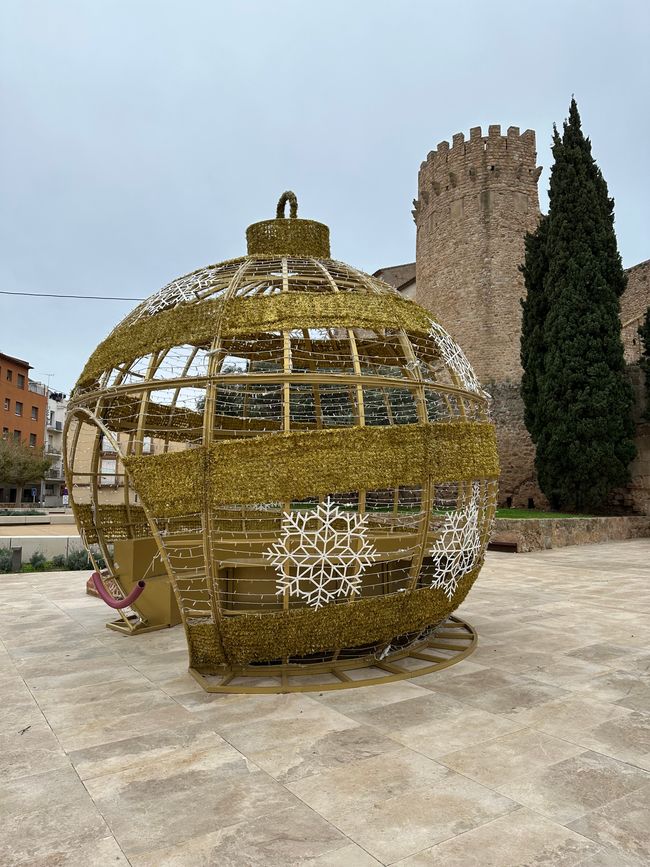
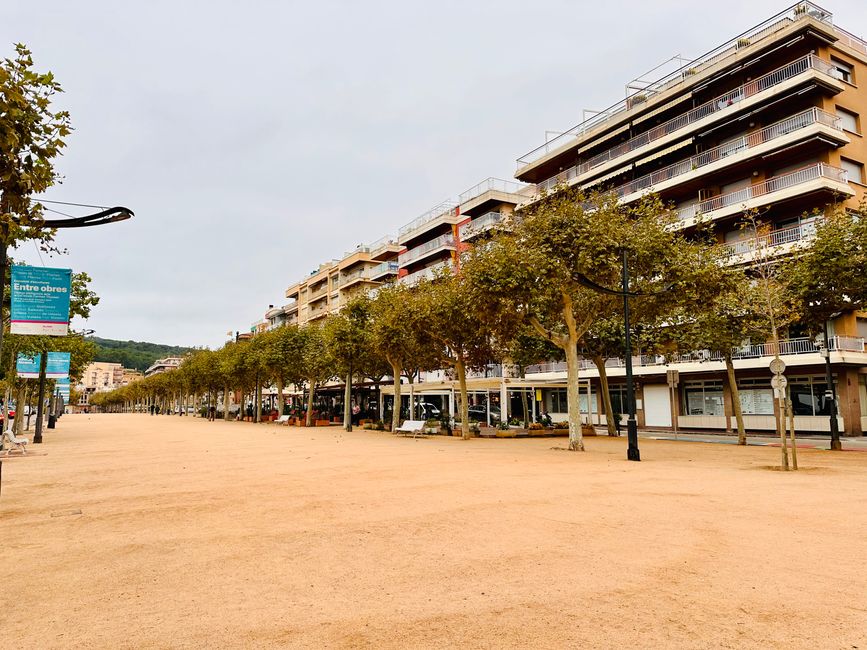
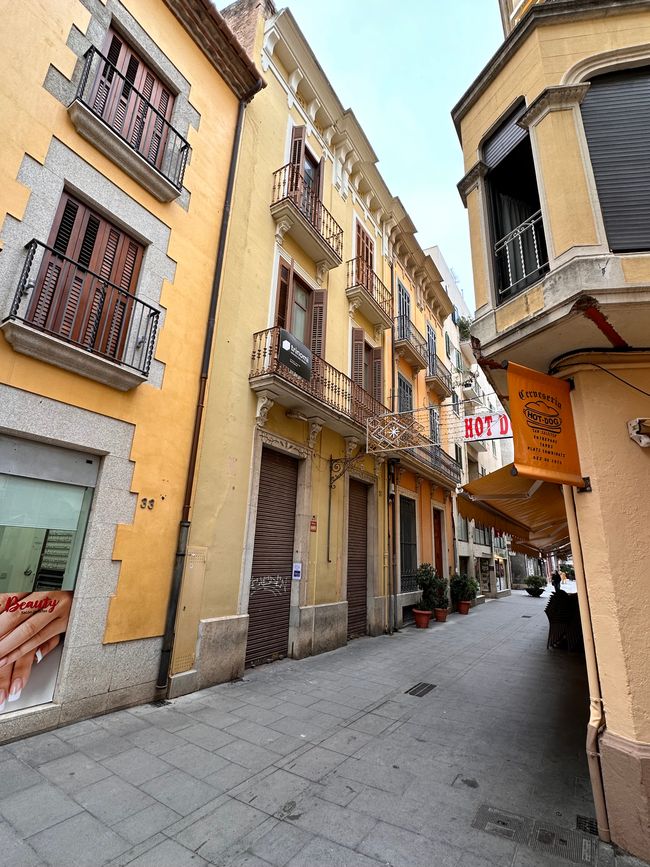

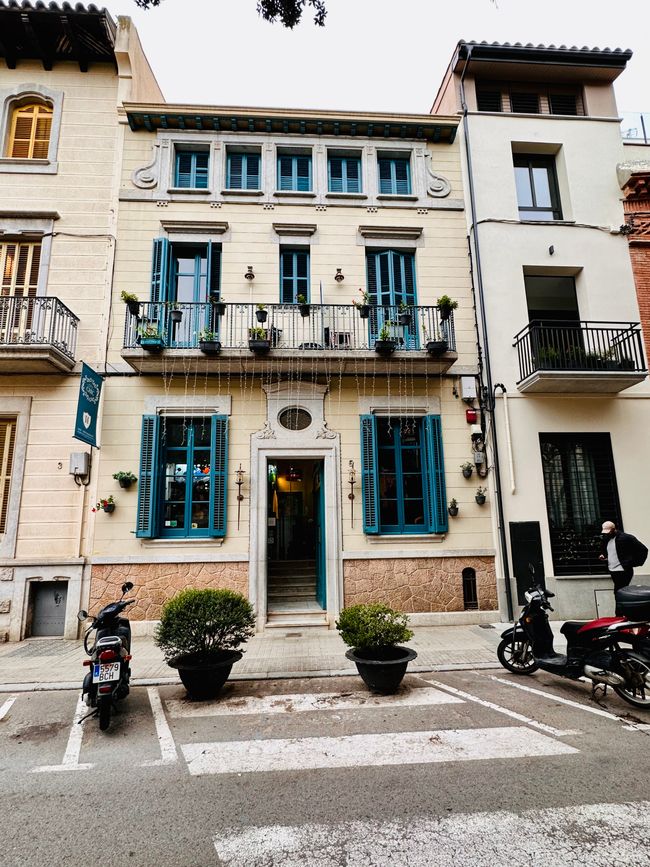
Мэдээллийн товхимолд бүртгүүлнэ үү
In the morning we will once again be enveloped in fog. We had actually planned to play golf, but due to the weather conditions we canceled. This was a wise decision as the rain began in the early afternoon. After breakfast, we quickly decided to drive to Sant Feliu de Guíxols. We had attempted to go before, but couldn't find parking due to the weekly market and had quickly turned back.
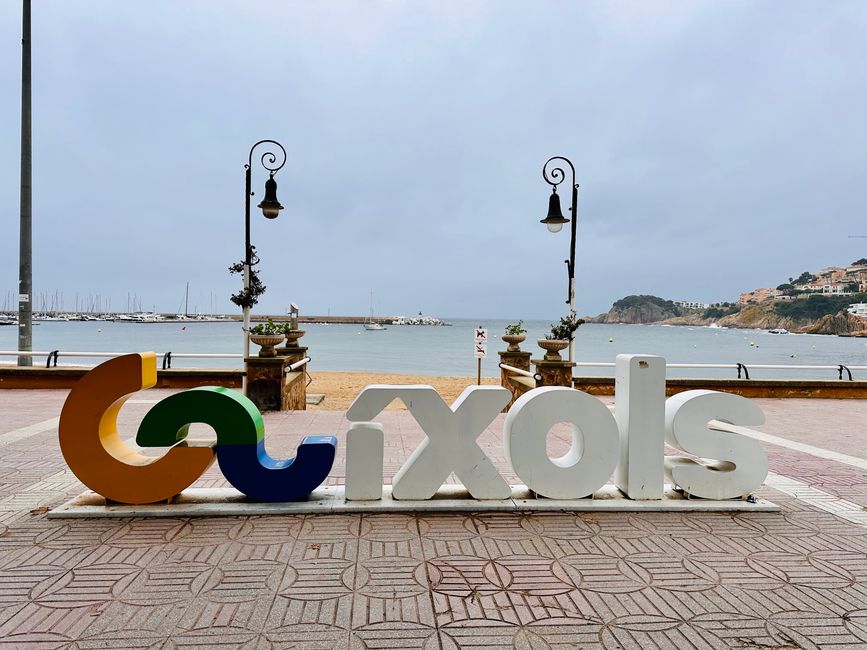
Sant Feliu de Guíxols is a coastal town with about 22,000 inhabitants and a long history that dates back to Roman times, like many other places along the Costa Brava. The name of the town comes from Saint Feliu, a martyr who is venerated in the region. According to the philologist Joan Coromines, the word Guíxols comes from the Iberian language, as is the case with the names of other villages along the Costa Brava that have ancient Iberian structures. On the hill of Guíxols lie the ruins of an Iberian village dating from the 4th century BC.
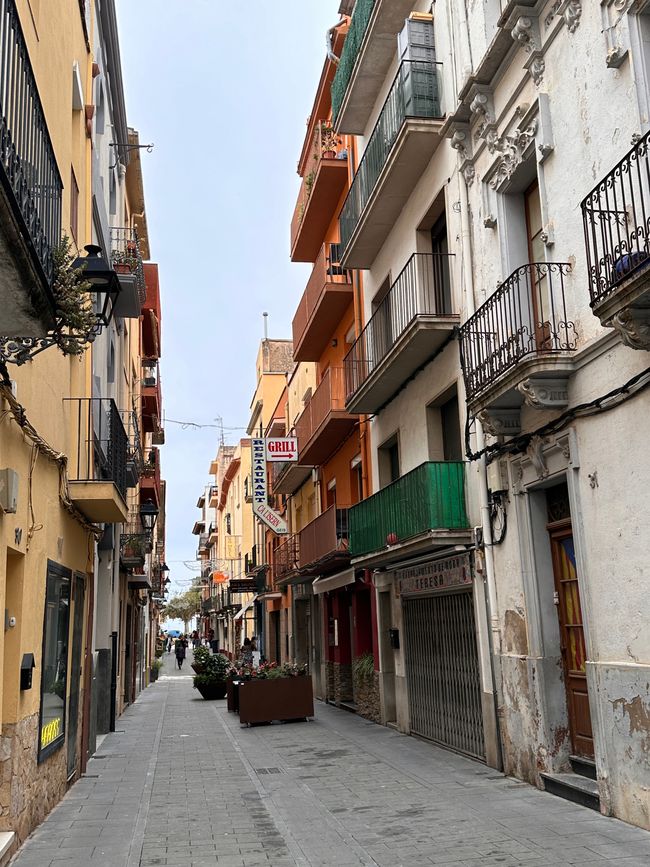
According to our travel guide, Sant Feliu apparently has several attractions that offer cultural, historical, and natural facets. Furthermore, Sant Feliu is described as a quiet and lesser-known place where one can avoid mass tourism. For this reason, Sant Feliu de Guixols is said to have preserved its charm to this day.
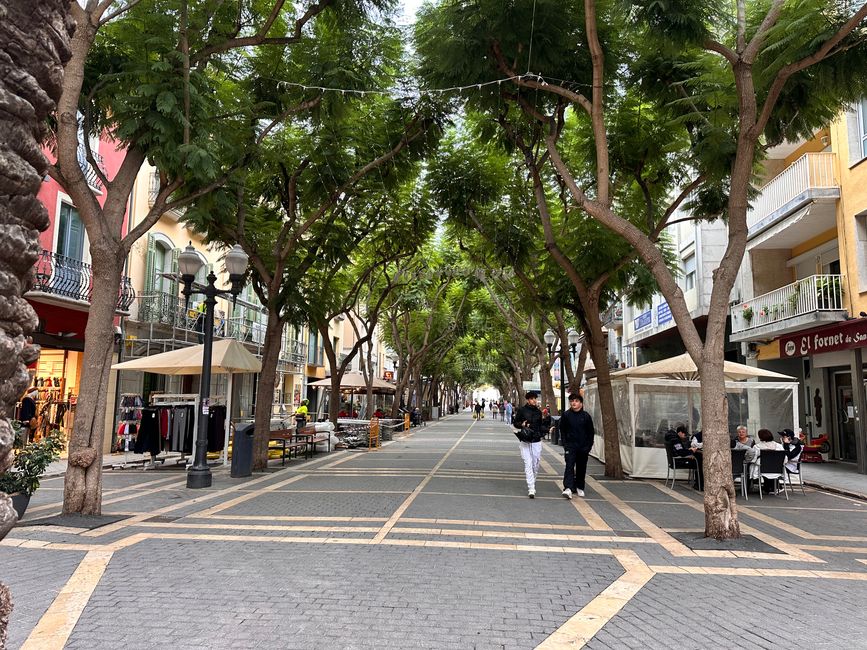
The history of the fishing village dates back to the 10th century when the construction of the Benedictine monastery began. In the following years, the town expanded around this monastery. In the 19th century, the development of a second area east of the bay began, which forms a significant yet interesting contrast to the medieval village center. Although the Costa Brava is known for its rugged coastline, it seems to culminate here. It is no coincidence that the name Costa Brava, literally
Мэдээллийн товхимолд бүртгүүлнэ үү
Хариулт (2)
Irene
Glückwunsch zu deinem Blog, super interessant und wünsche euch weiterhin eine gute Zeit. :)Chantal
Toll - da werden meine schönen Erinnerungen gerade wieder geweckt. War erst kürzlich dort …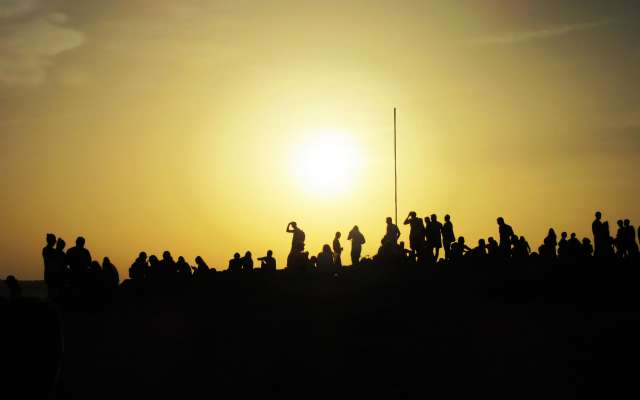
Испани аяллын тайлан
